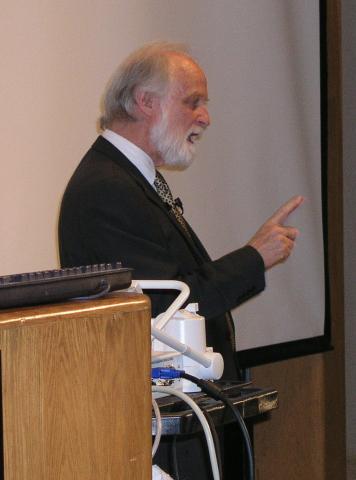Paths to Discovery - Abstract
One of the most important events in twentieth century astronomy was the birth of radio astronomy. For the first time ever astronomers were able to view the Universe in a region of the electromagnetic spectrum outside the narrow optical window. Those early discoveries were completely unexpected and were made by individual scientists from other disciplines who built very unconventional "telescopes." The early pioneers who explored this new radio window discovered a plethora of cosmic phenomena that revolutionized our knowledge of the Universe.
The stream of discoveries led to the construction (often for the wrong reasons) of bigger and bigger telescopes. Radio astronomy became a big science and more discoveries rolled in - the pulsars, the relic radiation from the big bang, the mysterious dark matter.
In discussing these intriguing results I will also explore some of the curious paths which lead to these discoveries and follow the trend from clever experiments performed by individuals or small groups to the big science projects on National and International facilities. What can we learn from this about the future of the new class of radio telescopes planned for the twenty-first century?
 |
|---|
| Ron Ekers Answering Questions at the End of His Talk |
